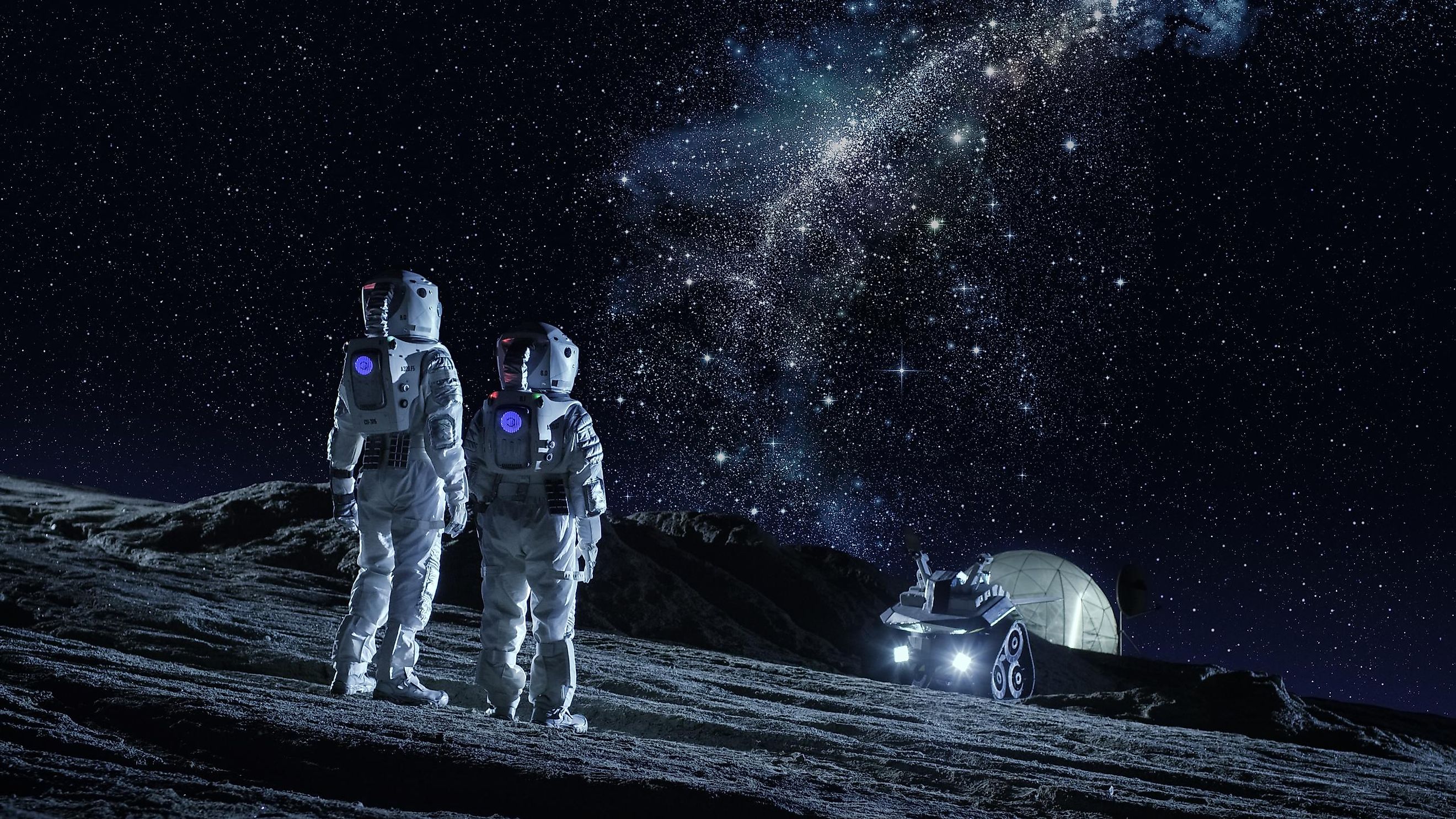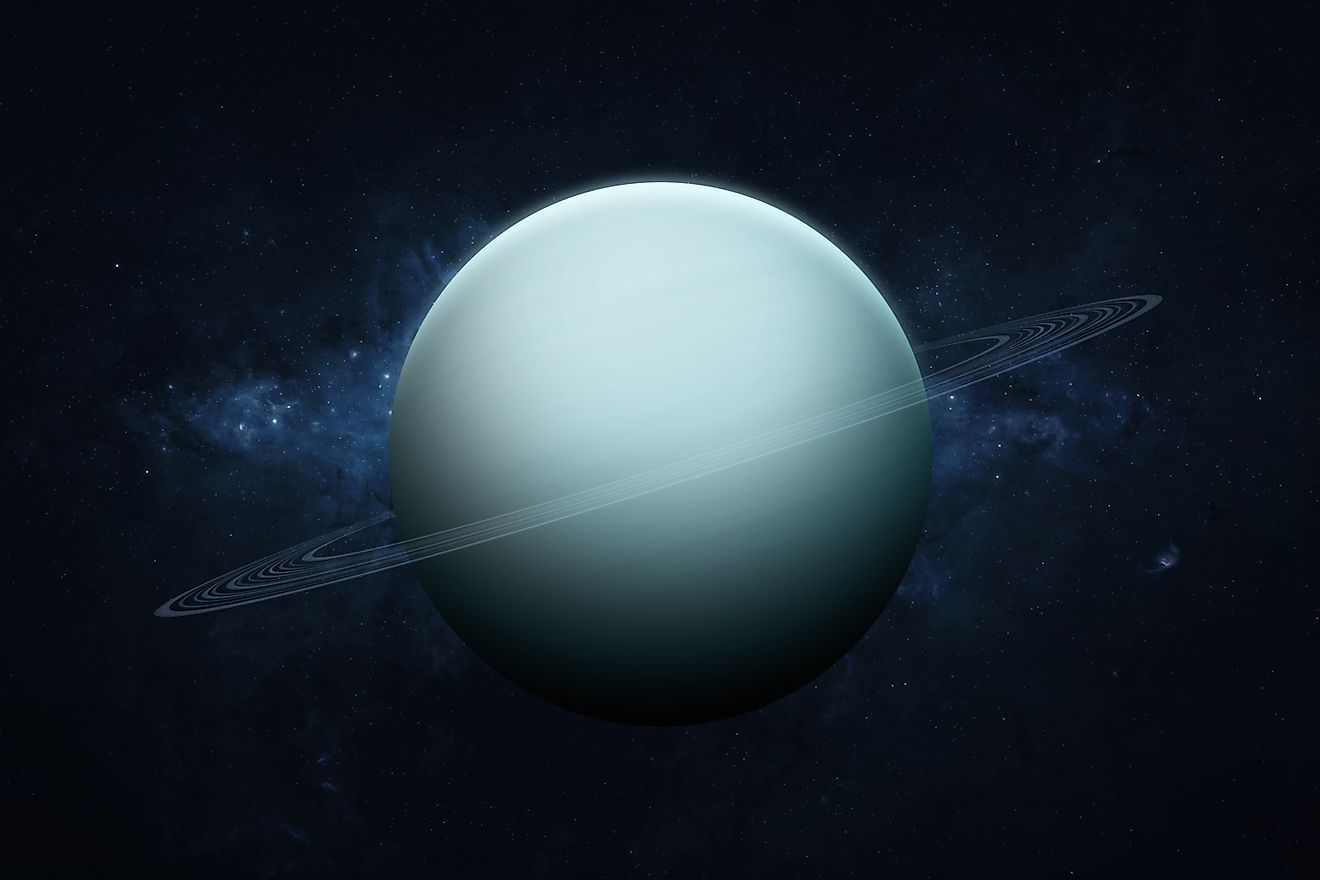
What Is The Farthest Humans Have Traveled In Space?
The following statement won’t come as a surprise: the universe is huge. As human beings, we are generally used to measuring things in smaller units such as feet, miles, kilometers, meters, etc. Our perspective of size works well for things on Earth, but things are far different up there in the cosmos. The human brain cannot comprehend just how vast the universe is, and rather than understand it, our minds simply accept that space is gigantic. Within this vastness, how far have humans managed to travel?
How Far From Earth Have Humans Travelled?

Humans have always stayed close to the Earth. The farthest distance human beings have physically traveled is to the moon. From 1969 to 1972, NASA conducted six successful missions that landed humans on the moon's surface. No human being has ever traveled further than the moon. Interestingly, the furthest distance humans have traveled occurred during the Apollo 13 mission, which never landed its astronauts on the moon's surface due to technical issues that nearly saw its three astronauts lose their lives. Apollo 13 swung around the moon and reached a maximum distance of 248,655 miles from the Earth. Apollo 17 in 1972 was the last mission that landed humans on the moon, and unfortunately, no one has gone back since. After the Apollo program, the United States claimed victory in the space race, and humanity quickly retreated to the Earth. Since 1972, no human has even left low Earth orbit. The space shuttles and space stations that humans have sent out into space have all remained in low Earth orbit. As of yet, no human has physically left the Earth’s neighborhood.
How Far Have Spacecrafts Travelled In Space?

It is essential to differentiate between human space flight and robotic space flight when discussing space travel. Humans may only have traveled as far as the moon, but robotic spacecraft have traversed far vaster distances. Currently, the farthest human-made object from Earth is the Voyager 1 spacecraft. Launched alongside Voyager 2 in 1977, the objective of the Voyager mission was to take advantage of a rare planetary alignment, which saw all of the outer gas giants align with the Earth. Voyager 1 and 2 both completed flybys of Jupiter and Saturn, and Voyager 2 visited Uranus and Neptune. Since there’s no air in space, spacecraft will experience little to no resistance or erosion, allowing them to travel at high speeds virtually forever. After the Voyagers completed their journey to the planets, another phase in their mission began: where does the solar system end? The solar system's boundary is the region where radiation from outside the solar system exceeds the Sun’s radiation, an area called the heliopause.
Voyager 1 left the heliopause in November 2012, making it the first human-made object to leave the solar system. Currently, Voyager 1 is nearly 15 billion miles away. Voyager 2 left the solar system a few years later in November 2018 and is currently 11 billion miles away. Voyager 1 and 2 are the only human-made objects left in the solar system and are currently the furthest objects humanity has ever launched into space. Since there is virtually nothing in space to erode the Voyagers, they will continue their journey for many billions of years. Long after the Earth has been swallowed by the Sun and the solar system ceases to exist, the two Voyagers will still be drifting across the vast emptiness of space. Long after humanity has ceased to exist, those two spacecraft will carry on the legacy of a species that dreamed of interstellar travel.
What Does The Future Hold?

Although humanity has yet to travel further than the moon, it is only a matter of time before we embark on journeys that carry us beyond the confines of our planet. The most obvious destination is Mars. At an average distance of 142 million miles, Mars is over 550 times farther away than the moon. Traveling such a vast distance in interplanetary space will be no easy task, yet NASA plans on landing humans on Mars sometime in the 2030s. If the mission is successful, humanity will shatter its previous record of the furthest distance traveled in space. If society ever does become a spacefaring civilization, we may even traverse the entire solar system, perhaps visiting the moons of the outer solar system. One day, we may leave the solar system and journey to other worlds around other stars.











